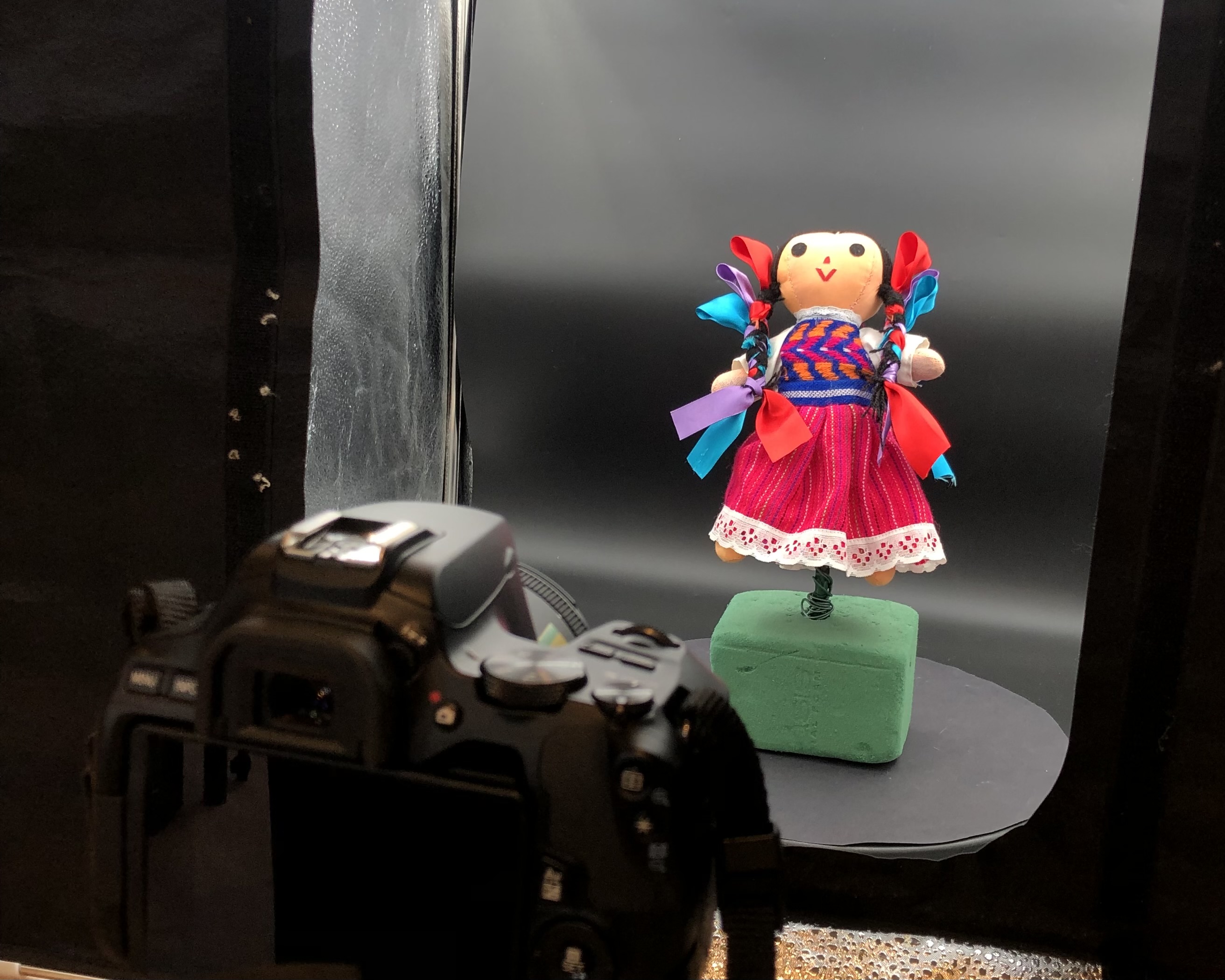

We made the 3D model using photogrammetry, which uses photographs to derive measurements about the photographed object or environment (Papadopoulos, n.d.). The method is currently implemented at an increasing rate in cultural heritage, for digitising heritage objects and sites (Papadopoulos, n.d.). The costs are low compared to other methods, and the method can be used for objects big or small at a large range of distances without excessive contact with the object or site (Papadopoulos, n.d.). Once the pictures are taken, they can be reused for processing endlessly, and the processing is a largely automated process (Papadopoulos, n.d.).
High-quality photographs are essential for achieving good results, and so one of the disadvantages of the method is that, depending on the object, capturing high-quality images is not always easy: good lighting is needed, and when the visibility of the object is hindered in the pictures somehow that will affect the quality of the 3D model (Papadopoulos, n.d.).
We got to experience first-hand how essential good images are for achieving good results. After capturing, we imported the photos into Agisoft Metashape to process the photos into a preliminary low-quality model. Although the results seemed great at first, after further processing we noticed a few issues.
The doll has both black and white parts, so there was not sufficient contrast with the background and the program couldn’t align the photos properly. The ribbons on the doll are made of a shiny material, which reflects the light, causing the software to struggle to estimate depth in the image.

Using a technique called masking, we essentially let the software know which part of the image is the object and which is the background. Since the software had a hard time understanding the images, the automatically generated masks were inaccurate and we needed to manually refine each mask. Despite the refinement, the model generated from these images was not satisfactory: around the ribbons on the head of the doll, the model showed big bubbles extending from the ribbons, due to the shininess of the ribbons reflecting too much light.
We therefore captured the doll again, using a different background and with more overlap between images. We used a larger light box and dusted the ribbons with baby powder to get rid of most of the shine. The new data set was of much higher quality and gave us better end results. Indeed, good lighting is essential for capturing a good data set. Now that the doll stood out more against the background, was more evenly lit and less reflective, we were able to capture the texture and details very well.